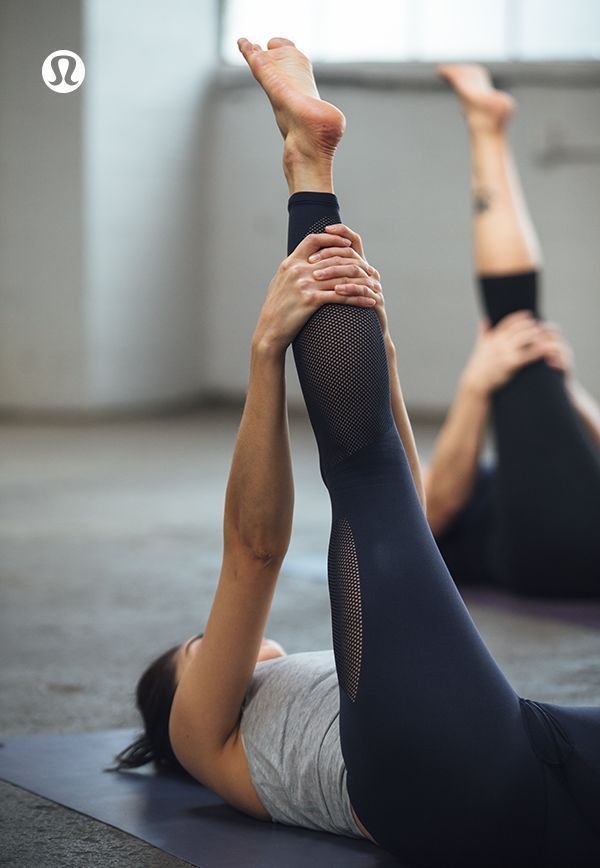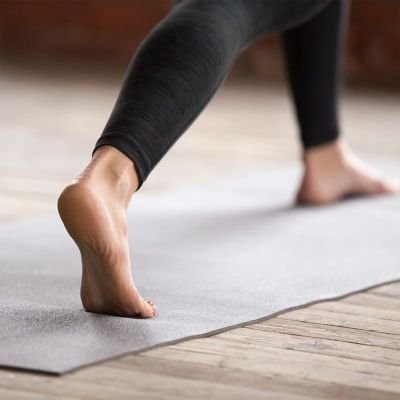Hamstring Strains: 101
Have you recently strained your hamstring? Or know somebody who has? It’s a very common injury, especially among football players and runners. Not only can it be quite painful, but there’s also a high rate of re-injury. This means rehab needs to be thorough and should address both movements at the hip and the knee for best results. It’s recommended to do this under the guidance of a physiotherapist to get you back to sport and avoid re-injury in the future!
pic: https://www.lululemon.com.au/en-au/c/women
What does a hamstring strain feel like?
Hamstring strains generally have a very clear mechanism and usually you will remember the exact moment you felt it ‘go’. This may have been when you were sprinting at full pace leading or kicking for goal.
Common signs and symptoms we look out for that might indicate a hamstring strain include:
Sudden, sharp pain in the hamstring
Pain with walking, straightening the leg or contracting the muscle
Swelling and tenderness
Bruising can develop but not in all cases
Weakness and lack of ROM due to the pain
What causes a strain?
The hamstrings comprise of three muscles that run from the sit bones in your pelvis, down past the knee. When they contract, they bend the knee. They can only withstand a certain load, depending how strong they are. Therefore, a strain often occurs when the load (or action such as sprinting, kicking etc) exceeds the muscle’s limit. This results in a strain of the muscle fibres.
Categorisation
Hamstring strains are usually categorised depending on their severity, which helps to guide management and prognosis.
Grade 1: This is a mild strain, where the muscle fibres have been over-stretched. There will be some localised pain (often reported as tightness or stiffness) and range of motion (ROM) will likely be normal.
Grade 2: Categorised by tearing of some of the muscle fibres. Symptoms include increased pain that is worsened by movement, localised swelling and moderate loss of function, especially a change in gait (walking) pattern.
Grade 3: Tearing of more than half of the muscle fibres. This will result in severe pain and loss of function, swelling, bruising and total loss of power (if a full rupture).
If this seems confusing, don’t worry! Your physiotherapist can help to determine what grade your hamstring strain may be and the best way to go about it.
pic: https://www.pinterest.com.au/pin/355643701839217074/
pic: https://www.pinterest.com.au/pin/355643701839217074/
What are the risk factors?
There are a few known risk factors for hamstring strains, these include:
History of a previous hamstring strain
Increased age
Poor core stability
Strength imbalance (ie. quads and hamstrings)
Muscular fatigue and weakness of the hamstrings
Location of the strain - and why this matters!
Hamstring strains generally occur in either the muscle belly or the tendon of the hamstring. This is important to determine, as the location can impact the rate of recovery and return to sport.
A strain in the muscle belly is indicated if the pain presents further down the hamstring (think half way down the back of your thigh). This commonly occurs during high-speed running. Initially, function is impacted but overall rehab is generally quicker.
In contrast, if the strain occurs closer towards the tendon, pain can present higher up towards your buttocks. Rehab tends to take a bit longer for these. Regardless of the location, rehab remains fairly similar for both – with a large portion of exercises performed “eccentrically”. This means we focus on strengthening the muscles as they lengthen, rather than shorten.
Physiotherapy management
Seeing a physiotherapist after a suspected hamstring strain is extremely valuable, especially given the high rate of re-injury. Unfortunately, it’s not an injury that often goes away by itself, particularly if you want to continue playing sport!
A physiotherapist can help by:
Providing advice for acute management (eg. apply ice, compression and avoid aggravation) in order to reduce secondary inflammation and swelling
Gentle hands-on treatment to reduce pain, improve ROM and move the swelling in the early stages
Once ROM has improved, adding specific exercises to improve strength, flexibility and core stability
Massage, dry needling and cupping to avoid tightness throughout the rehab phases
If you would like help with a rehab program for a recent (or an old and niggly) hamstring strain, please don’t hesitate to get in touch with us and book an appointment online here.
What about prevention?
Prevention is key! Eccentric exercises (as mentioned earlier, where we strengthen the muscle as it lengthens) are commonly used for prevention. This makes sense, as majority of hamstring strains occur when the muscle is on full stretch. Check out the two exercises below and add them into your strength routine 1-2x per week to reduce your risk of hamstring strains.
Don’t forget that flexibility and trunk control/stability are also key, so if you need some guidance with your rehab (or prehab), feel free to book in with us! We hope this blog was informative and we look forward to meeting you soon!


